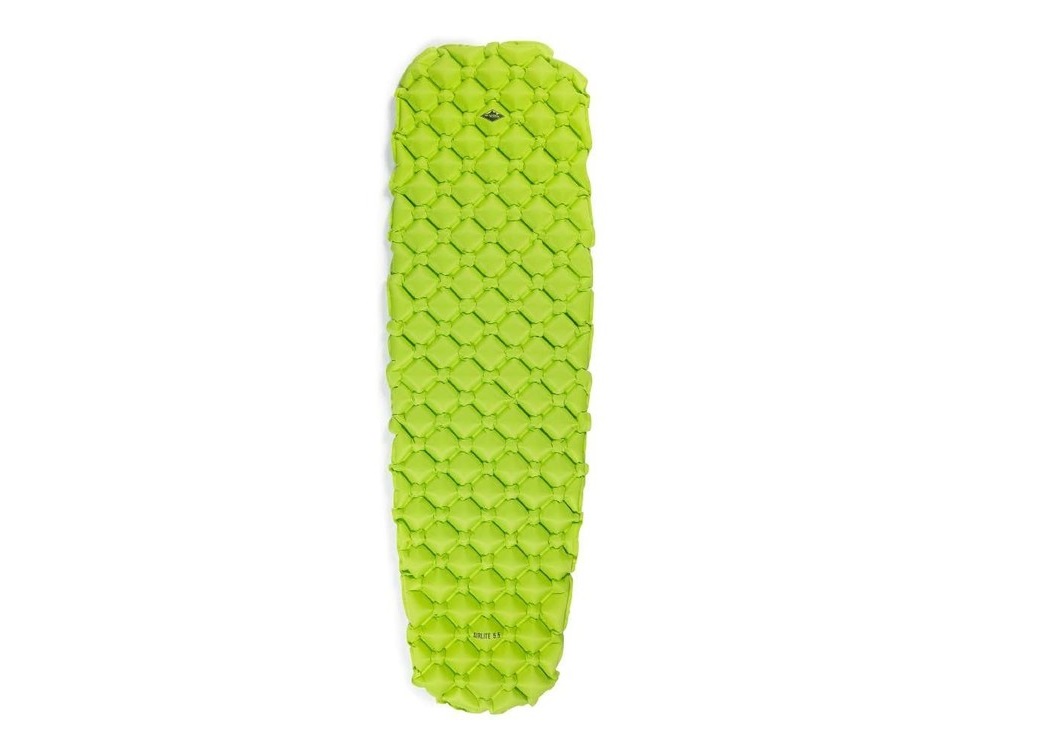| Your browser is not supported. | ||
|
Please browse our site using any of the following options:
| ||
How To - Choose a Sleeping Mat

Adding a sleeping mat to your outdoor gear will increase your comfort levels at night considerably. Obviously sleeping mats provide cushioning from the ground but they also play a big role in thermal insulation. Read on to learn more about the things you should consider when choosing a sleeping mat because understanding the different types available - as well as their features and benefits - ensures you gear up with the best sleeping mat for your adventure activity.
Why You Should Invest In A Sleeping Mat
Why would you put a mat under your sleeping bag when sleeping outdoors? First and foremost, sleeping mats cushion you from the lumps and bumps of the hard ground, so you shouldn't wake up feeling stiff as a board or like someone's been jamming a stick into your back all night. More importantly, however, they block thermal transfer between you and the ground. Your sleeping bag, no matter how advanced it may be, cannot preserve all your body heat if it is in direct contact with a cold surface. Your sleeping mat is the foundation of your sleep system, working with your sleeping bag to prevent heat loss, in turn keeping you warmer for longer.
Choosing A Sleeping Mat
When choosing a sleeping mat, you have to consider your activity and what 'comfort' means to you. A thicker mat will have a greater thermal resistance rating meaning it will be warmer, but this also means you may have to compromise with extra weight. Ultimately comfort is a personal thing that will be different from one adventurer to the next, but the most important factors in sleeping mat design that will affect your choice are: Thickness; Warmth & R-Rating; Mat Type; Size & Shape; Packed Volume & Weight; Durability; Price.
Thickness
The thicker your sleeping mat, the more cushioning it will provide from the ground and the greater thermal resistance it will offer (see R-rating below). Getting the balance between cushioning comfort (and warmth), and overall weight of your sleeping mat is something to consider. For example, a car camper can easily opt for more comfort (and therefore take on more size and weight) when compared to a solo alpine hiker trying to keep packing bulk to a minimum.
Warmth & R-Rating
A sleeping mat's ability to withstand heat loss to the ground is measured as its R-rating or R-value. This is its thermal resistance rating, and the higher the number the warmer it is. R-ratings generally range between less than 2 (minimal insulation) to 6 or more (high level insulation) but keep in mind that the R-rating is not an independently-verified value. This means that the insulation of one brand's R-rating may not be equivalent to that of another manufacturers.

Most sleeping mats will list their key specifications for comparison, including the R-value which is a measure of the mat's ability to resist thermal transfer.
Mat Type
Sleeping mats will typically be one of the following designs: air inflatable, self-inflating or closed-cell foam.
Air Inflatable - Air inflatable mats have an open-core design with baffles that fill up with air - to inflate them, all you need to do is blow into a valve or use a pump. If you want the lightest mat possible that still has good cushioning and is suitable for sleeping on your side, look to these. They are simple and reliable, highly packable, and reasonably inexpensive. The major downside is the risk of puncture. Make sure you have a repair kit in your gear just in case.
Self-Inflating - These mats are similar to air mats, but instead of using an open-core construction, they use an open-cell foam layer. When you open the inflation valve, the open-cell foam expands and fills with air automatically, reducing the amount of time and effort required for set up. From there, you can adjust the firmness of the mat to your desired comfort level with additional manual breaths if you choose. Again like air mats, there is a risk of puncture so keep a repair kit in your gear.
Closed-Cell Foam - Closed-cell foam sleeping mats are the simplest design available. They are constructed with dense foam filled with small closed air cells, and often have a reflective layer on one side to assist with heat retention. These sleeping mats are ultra-lightweight, highly durable, and generally the least expensive. They're also versatile because they don't need to be inflated and deflated, which makes them great for sitting on during hiking breaks. The major drawback to these types of sleeping mats is their lack of cushioning (they are usually quite thin).

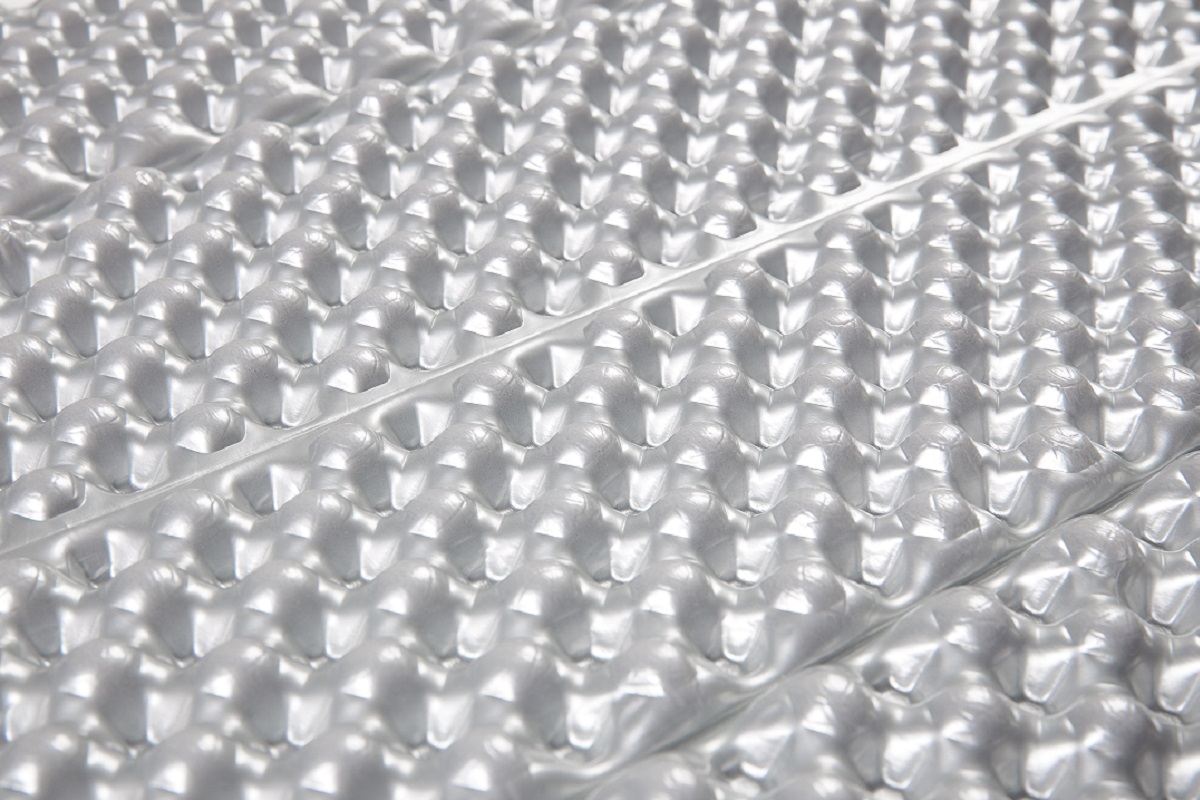
The air-filled baffles of an air mat (left), and the dense foam cells of a closed-cell foam pad (right).
Size & Shape
The length and width of your sleeping mat should be selected according to your personal size dimensions. On a standard mat you can rest your entire body. It will be more comfortable than a small mat, but heavier. If saving weight is an important issue, ensure you at least fit your hips and shoulders onto a small mat. When it comes to shape, sleeping mats typically come in three designs, being rectangular, tapered and mummy-shaped. The former will offer the most comprehensive cushioning footprint, but the two latter designs reduce carrying weight as they have less material in their construction.
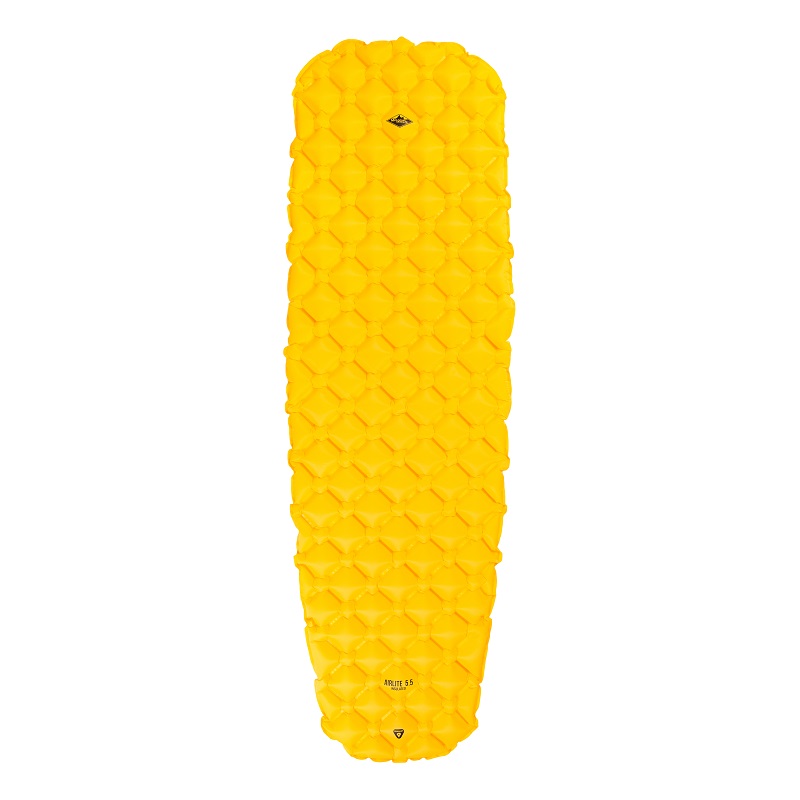

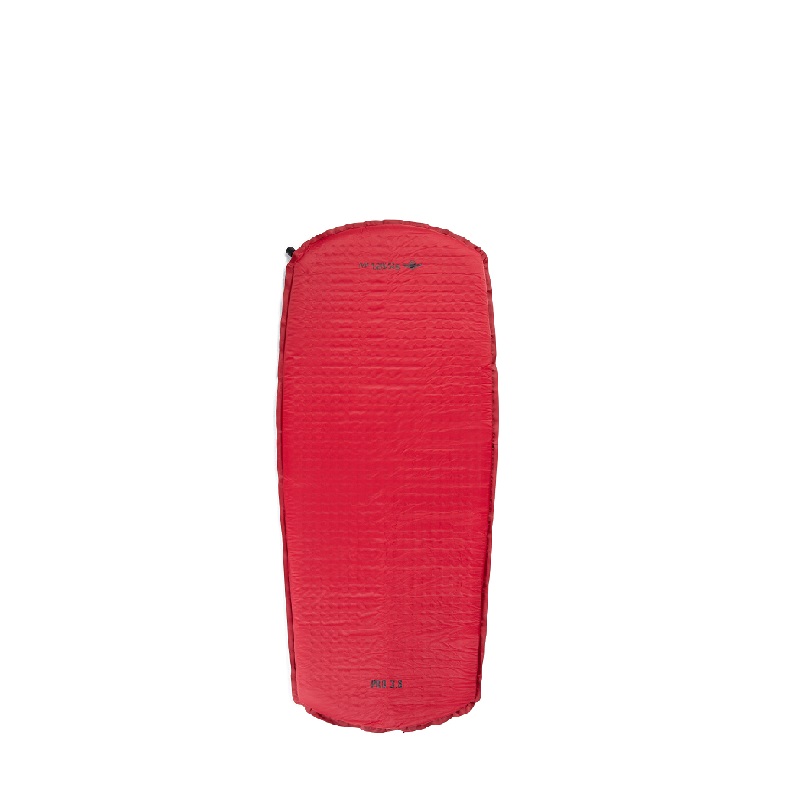
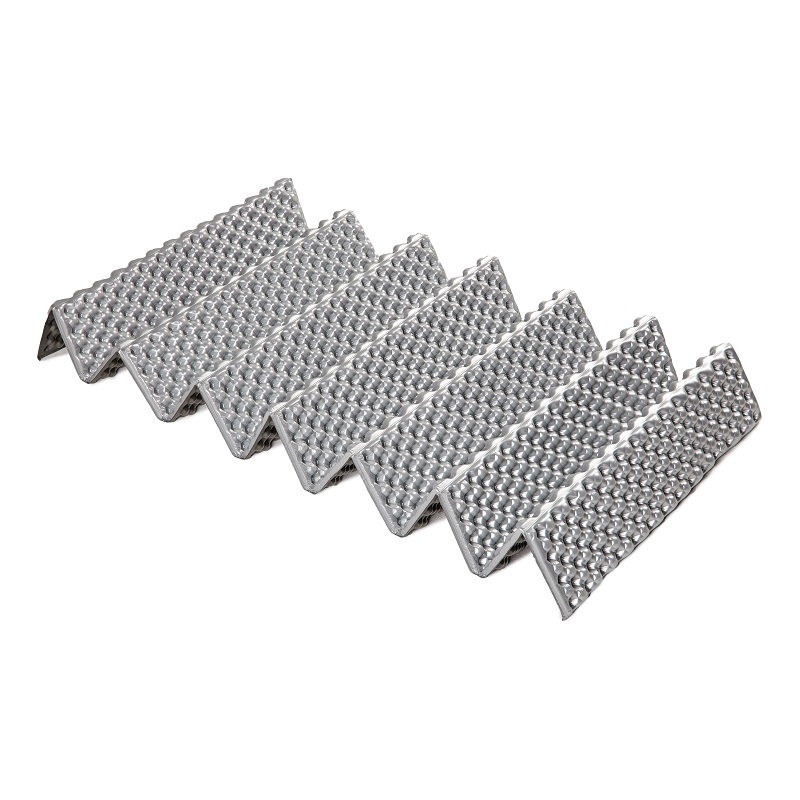
Examples of the different shapes and sizes available in the Mountain Designs range (from left to right): the Airlite 5.5 Insulated which is a tapered mat; the Comfort 10 which is a rectangular mat; the Pro 3.8 Short, which as its name suggests is a short length design; and the Hikelite which is an accordion-style mat that folds away.
Packed Volume & Weight
The packed volume and weight aren't an issue when you're sleeping but they will be when you're hiking to your destination. A compact sleeping mat when packed up will be easier to stow away in your gear. And as with most outdoor gear, a lightweight style is preferable especially if you have to carry it in your pack for long periods of time.
Durability
Look for a heavier-duty base fabric that can withstand more 'vigorous' treatment. Heat-welded seam construction is also ideal, meaning that your sleeping mat should last for several seasons of being inflated, laid upon, and deflated. In saying that, you need to look after your sleeping mat correctly if you want it to last, so follow the product care instructions.
Price
Your budget will probably play some part in your selection. Closed-cell foam pads are usually the most affordable, followed by air mats then self-inflating mats.
